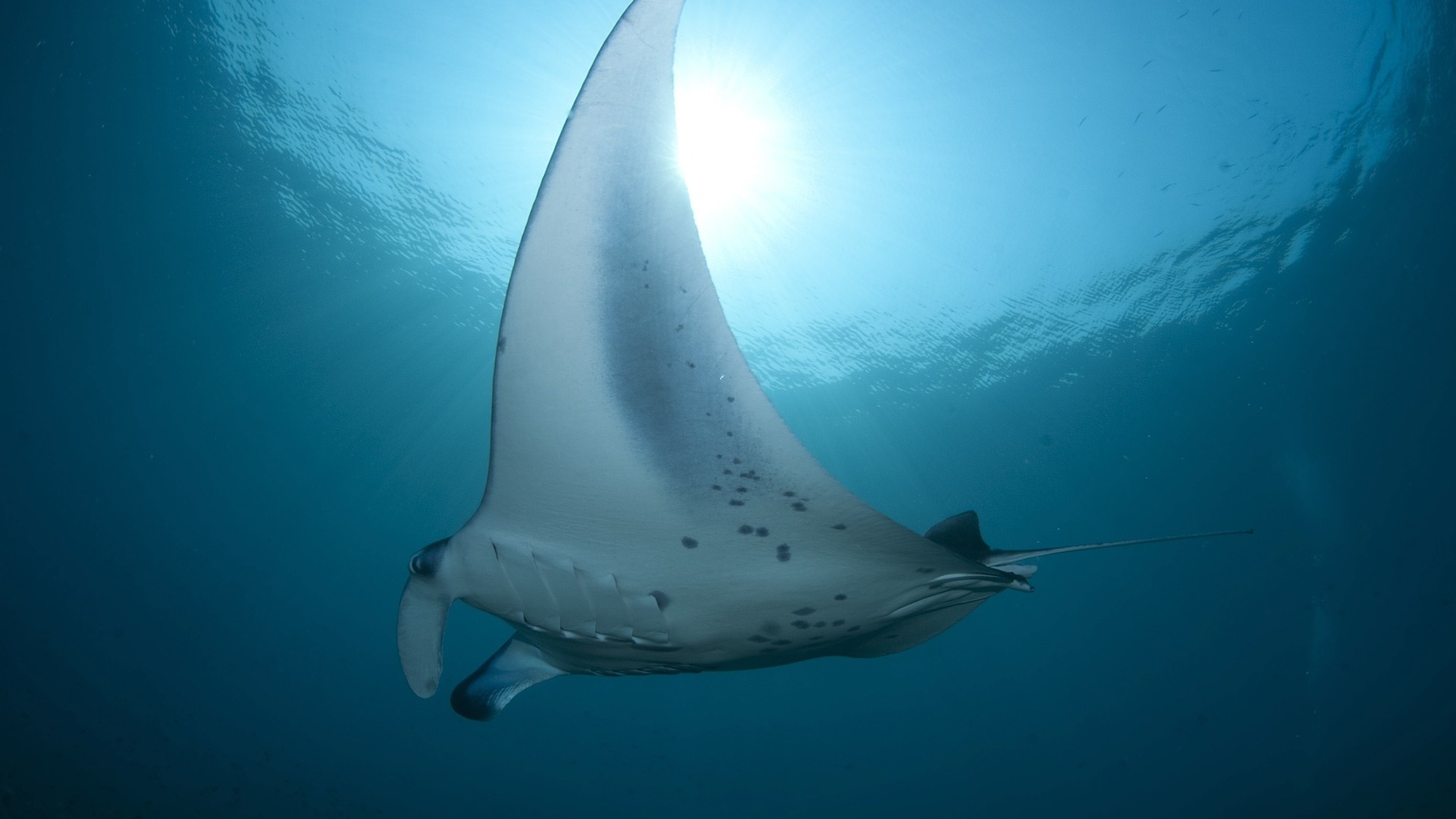Dates / Project duration
August 2019 - August 2023 / 49 months
Increase knowledge of biodiversity
Monaco

Mediterranean Sea and Black Sea
CIESM (Commission Internationale pour l’Exploration Scientifique de la mer Méditerranée)
?The main purpose of this project is to advance ecological knowledge, still insignificant, on two groups of large predators – elasmobranchs (sharks, ray) and marine birds – in order to document conservation strategies for these frequently threatened species more effectively.
Close to half of the sharks and rays found in the Mediterranean Sea are classified as “endangered” or “threatened” on the Red List established by the International Union for the Conservation of Nature (IUCN). Moreover, this valuation is probably underestimated due to the lack of data for 37% of the marine species in the Mediterranean.
Sea birds in this region face the same threats due to climate change, the depletion of marine food resources and other human-induced impacts (accidental catches, artificial light pollution, habitat destruction). Ecological knowledge of marine birds is also still patchy and geographically limited, which makes monitoring the demographical trends of these bird populations complicated.
Furthermore, for many of these species (marine birds and sharks) little is known about their migration corridors as well as their favourite breeding and feeding areas. These huge gaps in knowledge not only limit the effectiveness of local protection measures in respect of these species but may also mask important signals in regard to their response to natural and anthropogenic changes in the ecosystems.

